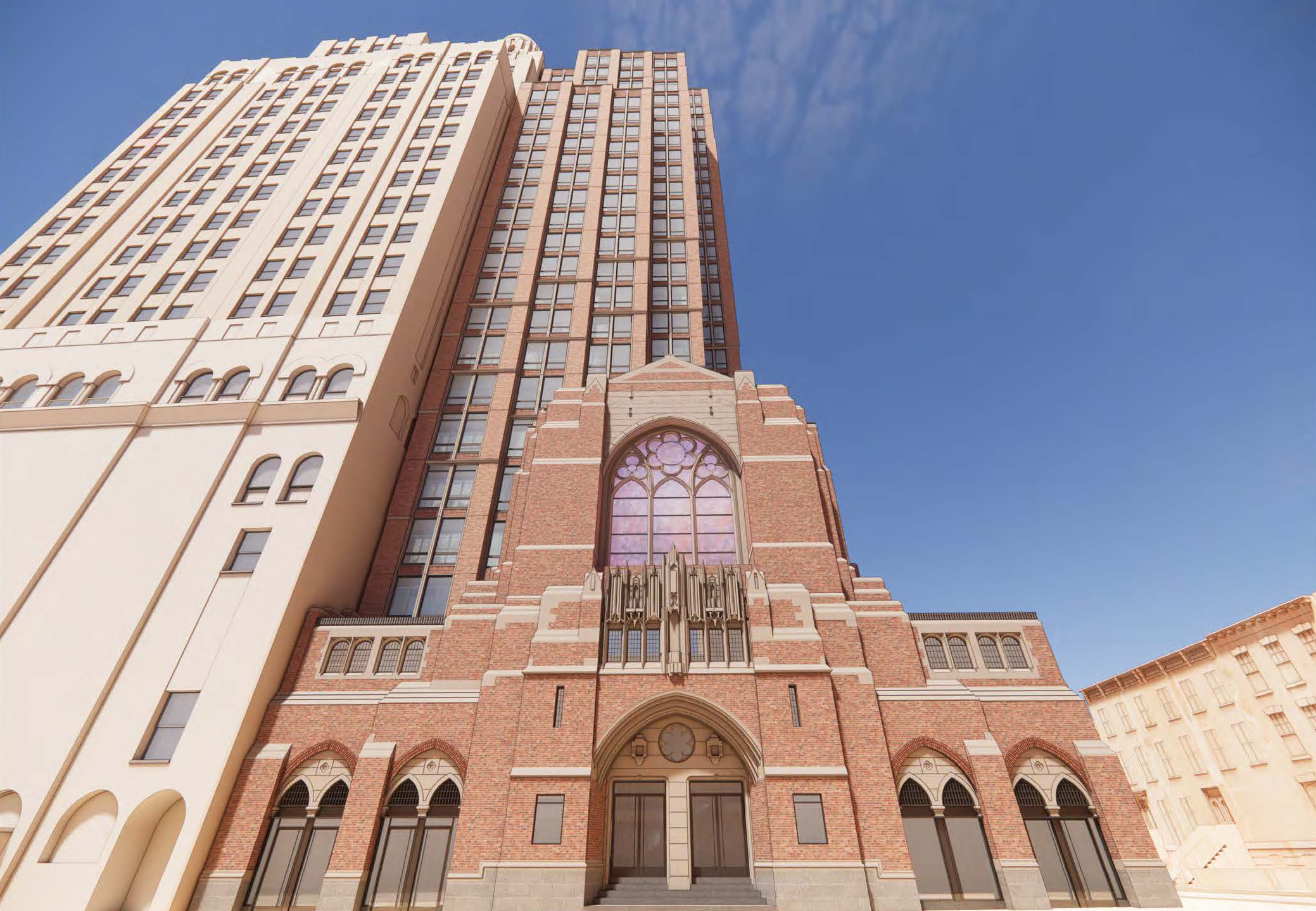Brooklyn Museum Selling Off Brooklyn's Past
The Atlantic has a fascinating article in its June issue about the Brooklyn Museum’s efforts to sell off a collection of important terra cotta decorative carvings salvaged by a donor from construction sites around Brooklyn and Manhattan in 1950s. Ivan Karp, an 83-year-old art dealer who spearheaded the salvage effort and later donated hundreds of…


The Atlantic has a fascinating article in its June issue about the Brooklyn Museum’s efforts to sell off a collection of important terra cotta decorative carvings salvaged by a donor from construction sites around Brooklyn and Manhattan in 1950s. Ivan Karp, an 83-year-old art dealer who spearheaded the salvage effort and later donated hundreds of pieces to the Brooklyn Museum, is now understandably distraught that the museum, which has left many of the pieces exposed to the elements for the past decade, is planning to sell a large part of the collection off through the Harlem salvage dealer Evan Blum of Demolition Depot. This despite a 2007 letter from Arnold Lehman to Karp assuring him that whatever pieces the museum did not use in its redesigned sculpture garden would be returned to Karp, who started a small museum in Charlottesville in 1985 to house these types of objects. Here’s the part of the story when the writer informs Karp of the “deaccessioning” plans:
When I told him that the Brooklyn Museum was planning to auction off so many ornaments through Blum, Karp was astonished. If they’re deaccessioning to sell, that’s very discomfiting, he exclaimed. They should have offered them to me first to buy! As it happened, Karp had phoned Blum, whom he’d known and liked for decades, just the day before. Blum had told him that he was consulting with the museum about the expansion of the sculpture garden, but he did not mention anything about auctions.
Shaking a little, Karp began to leaf through a copy of the binder the museum had sent Blum, which I had brought to the gallery. Good grief! he cried at the sight of a carved brownstone tenement plaque of Abraham Lincoln, which had once been a centerpiece in the sculpture garden. That’s one of the most valuable pieces they have! It’s an historic American figure—how many like that have ever been carved by an anonymous person in homage to Lincoln? This is heartbreaking. A moment later, after peering at a majestic red terra-cotta boy, he said, They’re making serious blunders in many cases.
As he inspected the images, Karp shrank into his chair, until at last, looking very old and defeated, he announced he simply couldn’t look anymore.
Sad.
Update: After the jump, check out the letter to the editor of the Atlantic that was just sent by the Brooklyn Museum.
Ghosts of New York [The Atlantic]
Re: John Freeman Gill article in The Atlantic Monthly on the Brooklyn Museum Collection of Architectural Fragments
The Brooklyn Museum regrets that the author’s comments do not reflect the substantive content of his hours of conversation with Museum staff, or of the extensive and detailed information subsequently provided in response to his questions. The Brooklyn Museum always investigates a range of possibilities for public disposition of works that have entered the deaccession process (the first step in releasing objects from a Museum’s collection), but currently has no agreement with any sales venue regarding the sale of recently deaccessioned architectural fragments. The Museum looks forward to continuing our plans for the full installation of the architectural sculpture collection, in consultation with specialists in the field who in recent years have contributed to the first qualitative assessment of these holdings.
Arnold L. Lehman, Director Brooklyn Museum
Teresa A. Carbone, Andrew W. Mellon Curator of American Art, Brooklyn Museum





“a 2007 letter from Arnold Lehman to Karp assuring him that whatever pieces the museum did not use in its redesigned sculpture garden would be returned to Karp”
At the risk of sounding like a lawyer, depending on the wording, it’s entirely possible that Lehman’s letter is binding on the museum, and that Karp could successfully sue to prevent the sale and have the pieces returned to him instead.
what does the BK Museum say about this?
The Brooklyn Museum IS ostensibly dedicated to the decorative arts, or at least has been in the past- the very fact that they they had this collection, the textile collections they recently sold, the american period housing and design wings- maybe they are changing their mission (which has probably never been this poorly defined in the museums history).
In fact, the top two items on the museum’s home page right now are the ‘American High Style’ exhibit, and a fahsion accessory event/exhibit.
But they are the BROOKLYN MUSEUM. They should have a greater interest in preserving items like these for the public welfare.
What is so outrageous about what the museum is doing? They obviously don’t have the means to take care of these artifacts. So, rather than let them continue to rot, they sell them to a dealer who will find private owners who will be interested in preserving them. Sounds like a win-win to me: artifacts find a good home, and museum raises funds at a time of austerity.
I agree! Thats some two-faced bulls%&t. It really hurts their efforts to secure future donations when items and donors are treated this way.
terrible!! what can we do to help this guy get his donations back or something!?
It’s kinda sad… kinda… but I’m not sure why the Museum should feel any special compunction to work with the original donor. I mean, “They don’t know what their doing,” is just emotional and naive. The Museum knows what it’s doing. They are reducing their collection to pieces they have identified as “keepers” and they are selling off the rest to the highest bidder. Why should he be offered them first? He can participate in the auction.
By the way, the Museum director didn’t promise anything.
“We would be willing to consider the opportunity to return any of the objects that are not among this chosen group,†Lehman wrote.
That’s what you say when you have an emotional person that won’t leave you alone. There was no promise. And, anyway, the opportunity to return the objects has taken the form of an auction.
I second greenwoodgeneral!
Let’s organize!! This is truly to heart breaking to let continue!!!!
OK- this is more than sad.
Brownstoner- this is certainly the kind of thing that a site like yours could help organize an opposition against. Twitter campaign, phone calls, petitions. You have the readership to mobilize. (and the masthead that would imply that you should.)